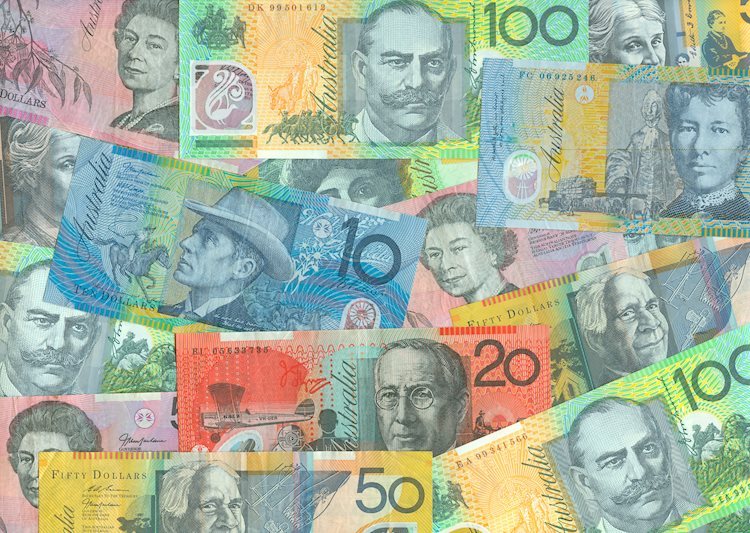The Australian Dollar (AUD) saw a halt in its two-day winning streak against the US Dollar (USD) despite a positive outlook from the Reserve Bank of Australia (RBA). RBA Governor Michele Bullock mentioned that it is premature to consider rate cuts, indicating a stable interest rate policy for the near future. On the other hand, the US Dollar extended its decline following dovish comments from Federal Reserve officials. However, positive key economic data may have limited the downside for the Greenback, with US ISM Services PMI rising in August.
The Daily Digest Market Movers highlighted key economic data releases that affected the currency markets. Data such as the ADP Employment Change, Australia’s trade surplus, US JOLTS Job Openings, and the US ISM Manufacturing PMI were all factors that influenced the movement of currencies. Additionally, comments from Federal Reserve officials, such as Chicago Fed President Austan Goolsbee and Atlanta Federal Reserve President Raphael Bostic, also impacted market sentiment towards the USD.
Technical analysis of the Australian Dollar on Friday showed the currency trading around 0.6740 against the USD. The AUD/USD pair was positioned below the nine-day Exponential Moving Average (EMA), indicating a short-term bearish trend. However, the 14-day Relative Strength Index (RSI) suggested a possible bullish inclination, with support levels and resistance levels identified for potential price movements.
The Australian Dollar’s performance against major currencies today was captured in a table showing percentage changes. The AUD was weakest against the Japanese Yen, indicating varying levels of strength and weakness against other major currencies. Additionally, the heat map displayed percentage changes of major currencies against each other to provide a visual representation of currency movements.
Factors influencing the Australian Dollar, such as interest rates set by the Reserve Bank of Australia, the price of Iron Ore, trade balance, and market sentiment, play a crucial role in determining its value. The RBA’s interest rate decisions, the health of the Chinese economy, Iron Ore prices, and the Trade Balance with other countries are key drivers of the AUD’s performance. Changes in Chinese growth data, the price of Iron Ore, and trade balance data can directly impact the Australian Dollar and its pairs in the forex market.
Overall, the Australian Dollar’s performance in the market is influenced by a combination of domestic and global economic factors, central bank policies, trade data, and market sentiment. Traders and investors closely monitor key economic indicators and central bank statements to gauge the future direction of the AUD against other major currencies, particularly the US Dollar. By staying informed and analyzing technical and fundamental data, market participants can make well-informed decisions when trading the Australian Dollar.











